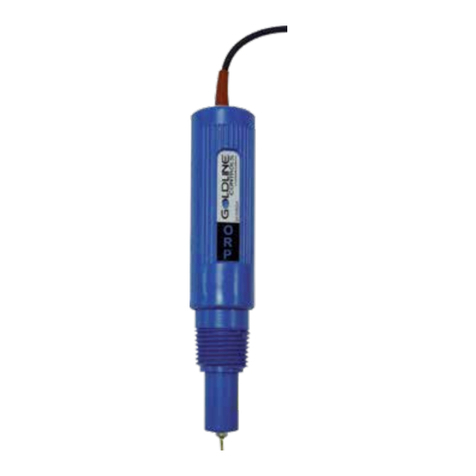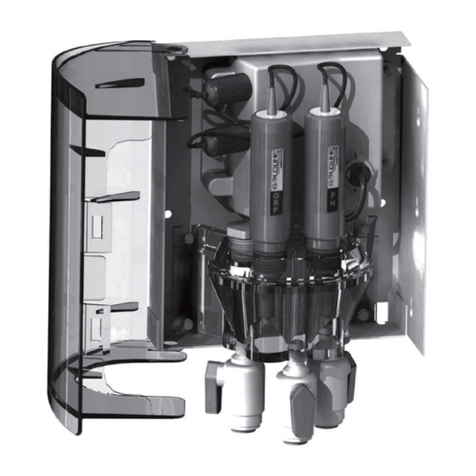
REV2-3
haywardowcontrol.com
TLC Series
Explanation of symbols used in the manual:
1. BASIC REQUIREMENTS AND USER SAFETY
This symbol denotes especially important guidelines concerning the installaon and operaon
of the device. Not complying with the guidelines denoted by this symbol may cause an accident,
damage or equipment destrucon.
This symbol denotes especially important characteriscs of the unit. Read any informaon
regarding this symbol carefully.
IF THE DEVICE IS NOT USED ACCORDING TO THE MANUAL THE USER IS
RESPONSIBLE FOR POSSIBLE DAMAGES.
The manufacturer is not responsible for any damages caused by inappropriate installaon, not maintaining the proper
environmental condions and using the unit contrary to its assignment.
Installaon should be conducted by qualified personnel . During installaon all available safety requirements should be
considered. The fier is responsible for execung the installaon according to this manual, local safety and EMC
regulaons.
GND input of device should be connected to PE wire;
The unit must be properly set-up, according to the applicaon. Incorrect configuraon can cause defecve operaon,
which can lead to unit damage or an accident.
If in the case of a unit malfuncon there is a risk of a serious threat to the safety of people or property, independent
systems and soluons to prevent such a threat must be used.
The unit uses dangerous voltage that can cause a lethal accident. The unit must be switched off and disconnected from
the power supply prior to starng installaon of troubleshoong (in the case of malfuncon).
Neighboring and connected equipment must meet the appropriate standards and regulaons concerning safety and be
equipped with adequate overvoltage and interference filters.
Do not aempt to disassemble, repair or modify the unit yourself. The unit has no user serviceable parts. Defecve
units must be disconnected and submied for repairs at an authorized service center.
Do not use the unit in areas threatened with excessive shocks, vibraons, dust, humidity, corrosive gases and oils.
Do not use the unit in areas where there is risk of explosions.
Do not use the unit in areas with significant temperature variaons, exposure to condensaon or ice.
Do not use the unit in areas exposed to direct sunlight.
Make sure that the ambient temperature (e.g. inside the control box) does not exceed the recommended values. In such
cases forced cooling of the unit must be considered (e.g. by using a venlator).
The unit is designed for operaon in an industrial environment and must not be used in a household
environment or similar.





























